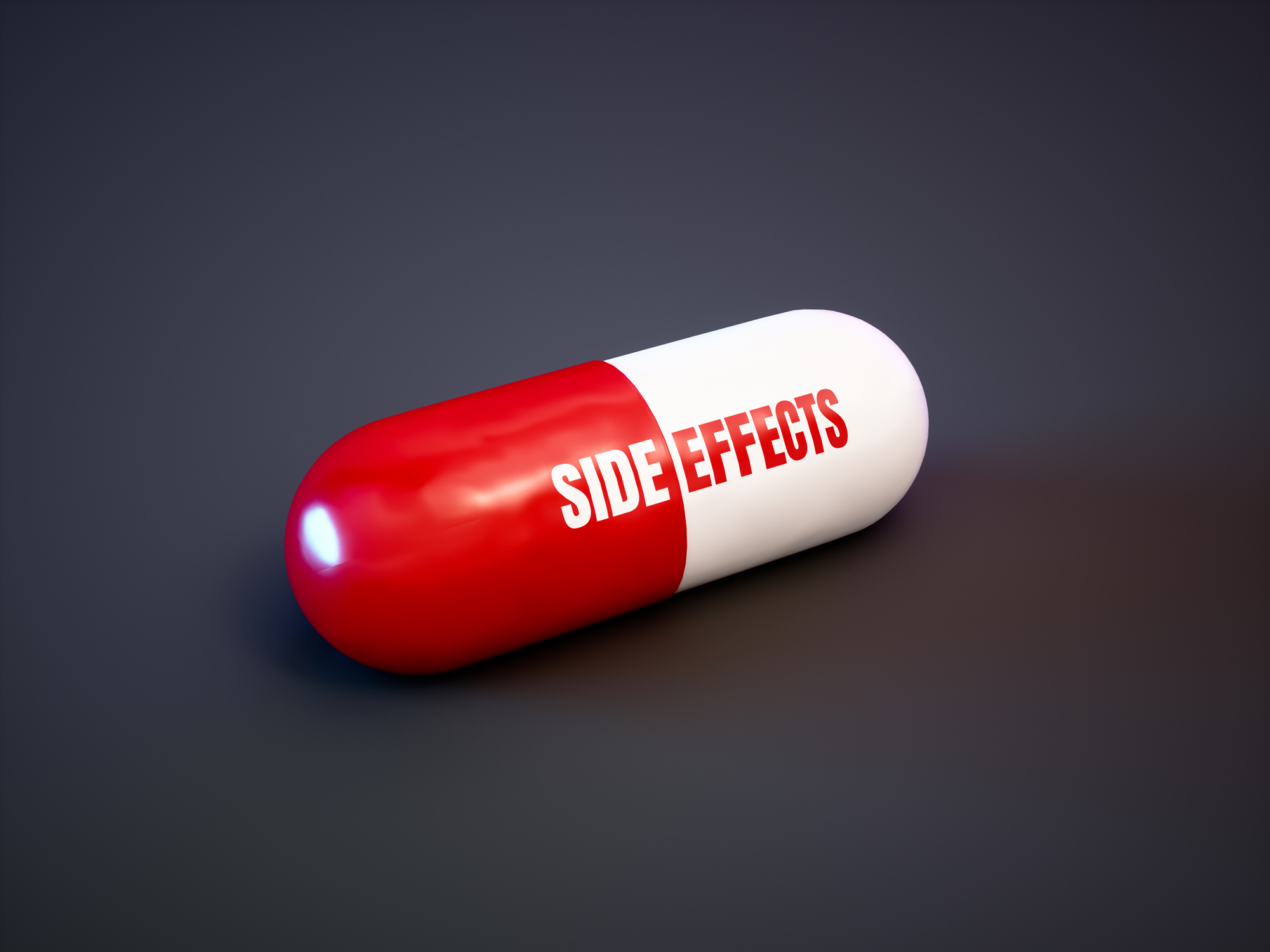Get Easy Health Digest™ in your inbox and don’t miss a thing when you subscribe today. Plus, get the free bonus report, Mother Nature’s Tips, Tricks and Remedies for Cholesterol, Blood Pressure & Blood Sugar as my way of saying welcome to the community!
The surprising way multiple medications can turn deadly

It’s easy for the number of medications you’re taking to spiral out of control.
Maybe you can’t get a good night’s sleep, so your doctor prescribes Ambien…
Then you start having embarrassing bladder leaks, so you take an incontinence medication.
Then your arthritis starts acting up, so you add a painkiller to the docket.
Before you know it, you’re popping multiple pills a day, each with their own side effects.
But in addition to the minor (or sometimes not so minor) side effects each medication has on its own, there’s also a major side effect of taking multiple medications together…
The chance of experiencing a life-threatening fall.
Taking more medications doubles your fall risk
As you get older, falling becomes a major threat to your independence and even your life. Roughly 90 percent of fractures in older adults are caused by falls. And about 20 to 30 percent of older adults who suffer a hip fracture die within a year.
So, just like you take action to prevent cancer, heart disease or diabetes, you should take action to prevent falls. And you should start in your medicine cabinet.
A study from researchers at the University of Otago, Christchurch found that older people taking more than three medications that sedate or affect their cognition were twice as likely to break a hip as people taking no medications.
The medications that cause the most falls for older adults are medications used for sleep, pain, and incontinence—the trifecta of ordinary aging issues.
These medications cause side effects like sedation, dry mouth, blurred vision, dizziness, and confusion. So, it’s no wonder they make you more likely to fall. (If you can’t see right and feel dizzy, it would be amazing if you didn’t fall).
If you’re over 65, there’s also the issue of your medication metabolism. As you get older, your body can’t metabolize medications as well. That means you’re more vulnerable to side effects. Plus, your bones tend to be weaker as you get older. So, if you do fall, chances are higher you’ll fracture a bone.
Basically, multiple medications, poor medication metabolism, and weak bones make for a dangerous combination for older adults— one that you should try to avoid.
Reducing fall risk by reducing medications
How many medications are you taking? If you’re taking three or more, it’s time to explore safe ways to cut back. Start with these simple steps:
- Keep a record of what you’re taking, what side effects you’re experiencing and whether each medication is improving the health condition you’re taking it for. It’s amazing how easy it is to keep taking a medication out of habit without realizing that it’s not really helping. If that’s the case for any of your medications, talk to your doctor about stopping them.
- Notice whether the symptoms for any of your conditions have subsided. If they have, talk to your doctor about stopping the medication you’re taking for them. Your symptoms may come back when you stop the medication. But if you’re lucky, the condition will stay in remission.
- Explore the alternatives. For many health conditions, there are effective alternatives to prescription medication. Acupuncture, for example, can help insomnia, arthritis, and incontinence. Medical marijuana may be a safer alternative to prescription meds for insomnia and arthritis too. And research shows yoga can reduce incontinence symptoms. Once you have a new plan for addressing your symptoms and you’ve spoken to your doctor about the safest way to stop your medication, you can flush or toss those pills and move forward prescription-free.
Sources:
- How overmedication is injuring and killing the elderly—a world-first study — MedicalXpress.
- How to Safely Reduce the Medications You Take — U.S. News & World Report.













